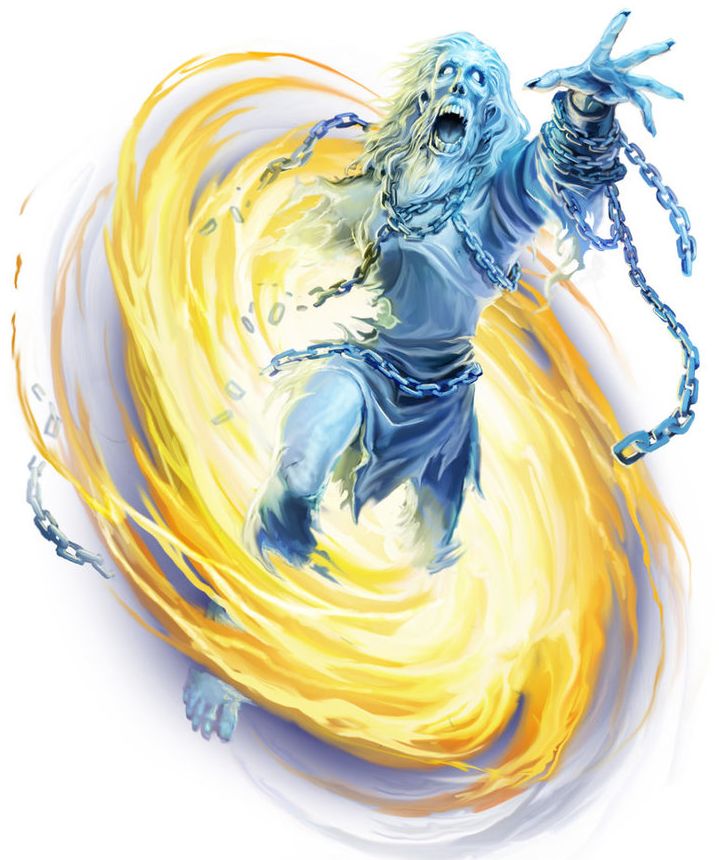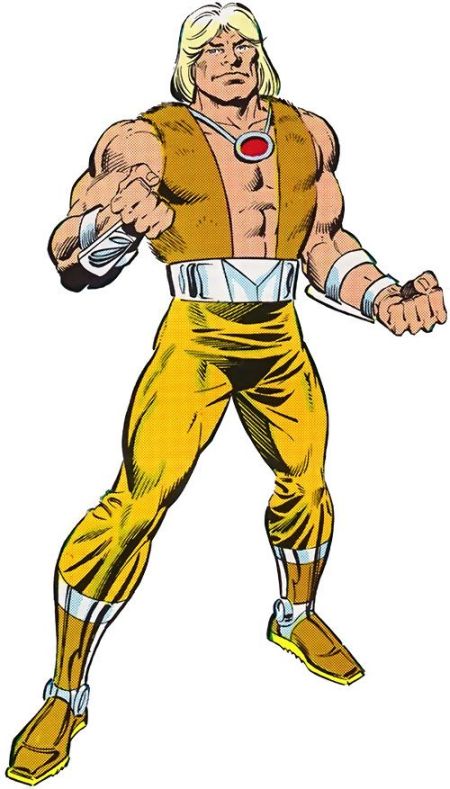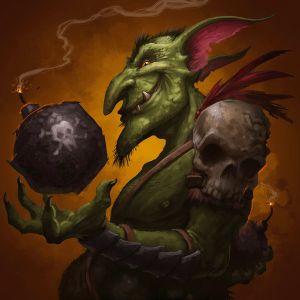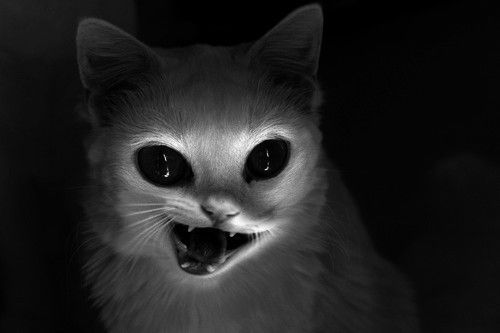The Twelfth Day
The twelve days of Christmas come to an end with the twelfth monster in the holiday series. Enjoy!
On the twelfth day of searching / my party came upon: / twelve full moon monsters / eleven bereft phantoms / ten kanga raiders / nine goblin bombers / eight mewling fluxcats, / seven rapid oozes / six vile ọgbanje, / five hungry things, / four burning swarms, / three hell birds, / two bloodmad zogs, / and a birchwrath in a fell wood.
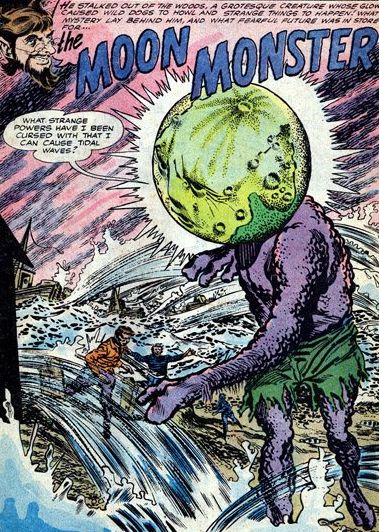
The full moon monster is a bizarre creature, humanoid in form, but with a large, spherical head pocked with craters and creased by ridges. Hard nodules cover its body. Its hands and feet are lumpish. The full moon monster possesses a mercurial nature, making it an unpredictable creature to encounter.
AD&D Version
Frequency: Very rare
No. Appearing: 1-12
Armor Class: 1
Move: 15″
Hit Dice: 16
% in Lair: 25%
Treasure Type: E, Q (x5), S
No. of Attacks: 2
Damage/Attack: 2-12/2-12
Special Attacks: See below
Special Defenses: See below
Magic Resistance: 25%
Intelligence: Average
Alignment: Chaotic neutral
Size: L (15′ tall)
Psionic Ability: Nil
Attack/Defense Modes: Nil
Level/XP Value: IX/6,850 + 20/hp
The full moon monster can increase or decrease the weight of objects at will, one object at a time, once per melee round. The object’s weight it increased or decreased by 75% for 1-4 melee rounds. If the full moon monster concentrates on the object for one full turn, the change in its weight becomes permanent.
The full moon monster is as strong as a frost giant. In a fight, the full moon monster strikes with its powerful fists. It surrounds itself with a 10-foot radius field of gravity that causes projectiles to fall short. All ranged weapon attacks against the full moon monster through its gravity field are treated as if done from long range (-5 “to hit”). Melee attacks made within the field of gravity have a -4 “to hit” penalty, and creatures (other than the full moon monster) in the field have a -1 penalty to armor class and lose any dexterity bonuses.
The full moon monster takes half damage from cold and fire attacks.
Once per day each, one at a time once per round, the full moon monster may use the following spells: earthquake, lower water, raise water, reverse gravity, and repulsion. Also once per day, the full moon monster can force a lycanthrope in human form that is within 60 feet to transform into animal form and stay in that form for 1 hour (no saving throw).
5E D&D Version
Huge aberration, chaotic neutral
Armor Class 17 (natural armor)
Hit Points 184 (16d12+80)
Speed 40 ft.
Ability Scores STR 23 (+6), DEX 9 (-1), CON 21 (+5), INT 10 (+0), WIS 11 (+0), CHA 12 (+1)
Saving Throws CON +9, WIS +4, CHA +5
Damage Resistances cold, fire, radiant
Senses darkvision 60 ft., passive Perception 10
Languages Primordial
Challenge 10 (5,900 XP)
Affect Water Level (2/Day). The full moon monster can cause level of water with 120 feet that it can see to rise or lower. It can affect an area of water within a 160-foot square, increasing or decreasing the water level by up to 80%. The change in water level lasts for 2 hours.
Gravity Field. As a bonus action, the full moon monster surrounds itself with 10-foot radius a gravity field that lasts until the start of its next turn. Ranged weapon attacks that pass into or through the gravity field are made with disadvantage. Melee weapon attacks, Dexterity checks, and Dexterity saving throws are made with disadvantage by a creature within the radius. The full moon monster has advantage on melee weapon attacks made against a creature within the gravity field. The full moon monster is not affected by its own gravity field.
Innate Spellcasting. The full moon monster’s innate spellcasting ability is Charisma (spell save DC 13). It can innately cast the following spells, requiring no material components:
1/day each: earthquake, reverse gravity
Magic Resistance. The full moon monster has advantage on saving throws against spells and other magical effects.
Repulsion (8 Rounds/Day). The full moon monster causes creatures within a 10-foot wide, 240-foot long line to move away from it. Any creature within the area of effect at the start of the full moon monster’s turn must make a DC 16 Strength saving throw or be forced 30 feet away from the full moon monster. A creature can move within or through the area of effect, but treats the area of effect as difficult terrain. The full moon monster can change the direction of the repulsion path away from itself as a bonus action.
Actions
Multiattack. The full moon monster uses its Weight Alteration. It then makes two fist attacks.
Fist. Melee Weapon Attack: +10 to hit, reach 10 ft., one target. Hit: 10 (1d8+6) bludgeoning damage.
Weight Alteration. The full moon monster magically alters the weight of an object it can see within 60 feet. The object’s weight is either increased or decreased by 75%. If the object is worn or carried by a creature, the creature may make a DC 16 Strength saving throw at the end of its turn, ending the effect with a success. Otherwise, the alteration in weight lasts for 1 minute.
Reactions
Like a Full Moon. The full moon monster can affect a lycanthrope that it see as if the lycanthrope were under the effects of a full moon.
